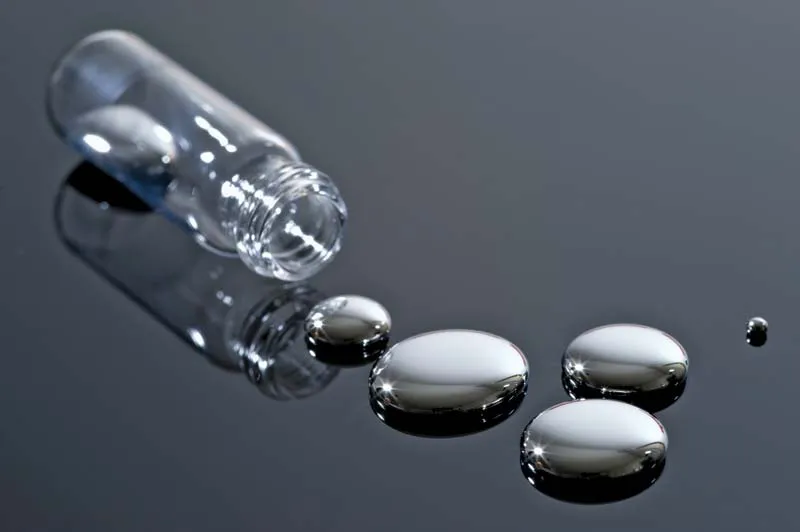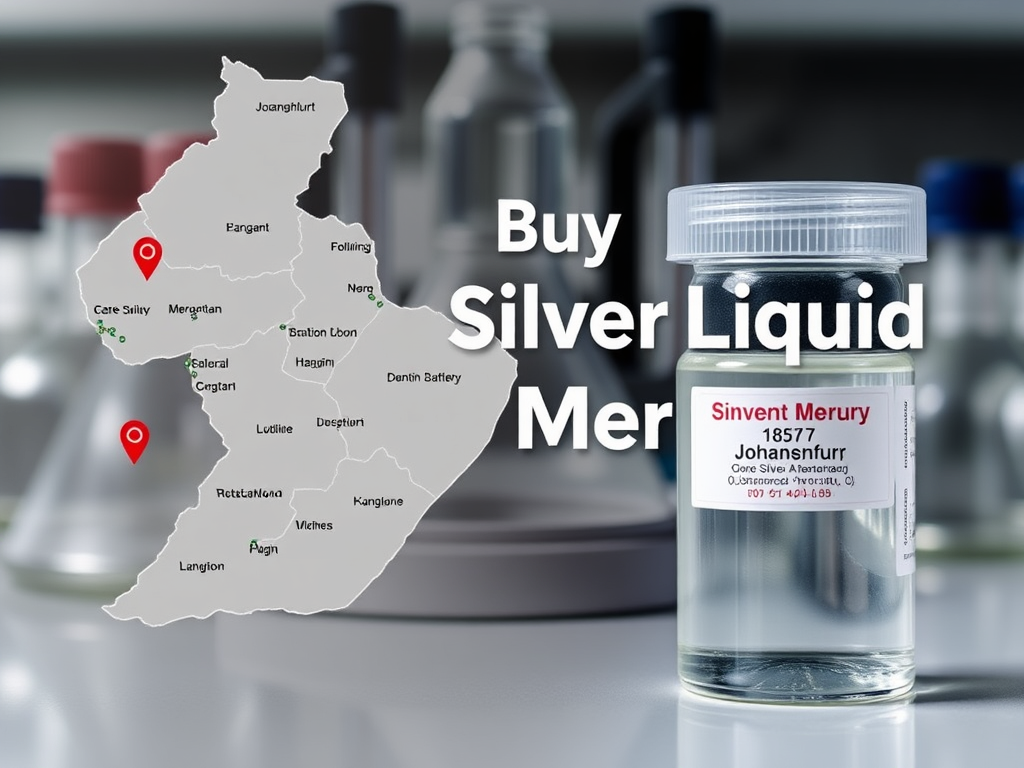Silver liquid mercury uses, often simply referred to as mercury, has a unique set of properties that make it a fascinating substance. Historically revered for its versatility, this element has been utilized in various applications across multiple industries. In this blog post, we will explore the diverse uses of silver liquid mercury, its benefits, and safety considerations.

Understanding Silver Liquid Mercury uses
What is Silver Liquid Mercury?
Silver liquid mercury is a metallic element, known for its distinctive silvery appearance and liquid state at room temperature. Its chemical symbol is Hg, derived from the Latin name “Hydrargyrum,” which means “water-silver.” This unique characteristic sets mercury apart from most other metals, making it an interesting subject of study and application.
Properties of Mercury
Before delving into its uses, it’s essential to understand some of the key properties of silver liquid mercury:
- High Density: Mercury is one of the densest elements, which allows it to be used in applications requiring heavy materials.
- Low Freezing Point: It remains liquid at temperatures as low as -38.83°C (-37.89°F).
- Conductivity: Mercury is a good conductor of electricity, making it useful in various electronic applications.
Historical Uses of Silver Liquid Mercury
Historically, mercury has been used in a multitude of ways. From ancient civilizations to modern technology, its applications have evolved significantly.
1. Medical Applications
In the past, mercury was widely used in medicine. It played a role in various treatments, including:
- Antiseptics: Mercury compounds were used in creams and ointments for their antiseptic properties.
- Thermometers: Mercury thermometers were once common due to their accuracy and sensitivity to temperature changes.
2. Industrial Uses
Mercury’s unique properties have made it invaluable in industrial applications:
- Barometers: Mercury is used in barometers to measure atmospheric pressure due to its density.
- Fluorescent Lighting: Mercury vapor is utilized in fluorescent lamps, emitting ultraviolet light when electrified, which in turn produces visible light.
3. Mining
In gold and silver mining, mercury was historically used to extract precious metals from ores. This method, known as amalgamation, involves mixing mercury with crushed ore to form a compound that can be easily separated.
Modern Uses of Silver Liquid Mercury
While many historical uses of mercury have been phased out due to health concerns, it still finds applications in various fields today.
1. Dental Amalgams
One of the most significant modern uses of silver liquid mercury is in dental amalgams. These are used for dental fillings due to their durability and resistance to wear. The amalgam is created by mixing mercury with other metals, such as silver and tin, providing a strong and effective solution for tooth restoration.
2. Laboratory Applications
In laboratories, mercury is often used in:
- Scientific Instruments: Mercury is utilized in devices like manometers and certain types of thermometers.
- Analytical Chemistry: Mercury compounds can serve as catalysts in various chemical reactions and analyses.
3. Electrical Applications
Mercury’s conductive properties make it useful in electrical applications, such as:
- Switches and Relays: Mercury switches utilize the liquid’s movement to open or close electrical circuits.
- Thermostats: Mercury thermometers and thermostats rely on the expansion and contraction of mercury with temperature changes.
4. Art and Decoration
In art, mercury has been used for:
- Mirror Making: Historically, mercury was used to create reflective surfaces in mirrors.
- Specialty Coatings: Certain artistic processes may involve mercury for its reflective qualities.
Environmental and Health Considerations
Safety Concerns
Despite its usefulness, silver liquid mercury poses significant health risks. Exposure can lead to serious health issues, including:
- Neurological Damage: Chronic exposure can affect the nervous system, leading to cognitive impairments and motor dysfunction.
- Mercury Poisoning: Symptoms include tremors, insomnia, and respiratory problems.
Environmental Impact
Mercury is also a potent environmental pollutant. It can accumulate in water bodies, leading to bioaccumulation in fish and other wildlife. This poses risks to both ecosystems and human health, particularly for populations that rely on fish for sustenance. Silver Liquid Mercury Uses
Regulations and Alternatives
Due to its health and environmental risks, many countries have implemented strict regulations regarding the use and disposal of mercury. Alternatives to mercury in various applications include:
- Composite Fillings: In dentistry, composite materials offer a mercury-free alternative for fillings.
- Digital Thermometers: These provide a safe and accurate replacement for mercury thermometers. Silver Liquid Mercury Uses
Conclusion
Silver liquid mercury has a rich history and has been used in various applications, from medicine to industry. While its unique properties make it valuable, the health and environmental risks associated with mercury cannot be overlooked. As we move forward, it is crucial to consider safer alternatives and practices to minimize exposure and protect both human health and the environment. Silver Liquid Mercury Uses
In summary, while silver liquid mercury has played a significant role in numerous applications, it is essential to handle this substance with caution and to stay informed about safer alternatives. Through responsible practices and adherence to regulations, we can continue to benefit from its properties while safeguarding our health and the planet. Silver Liquid Mercury Uses
2817 UNIT 7 MDANTSANE EAST LONDON, LONDON, 5219, South Africa

